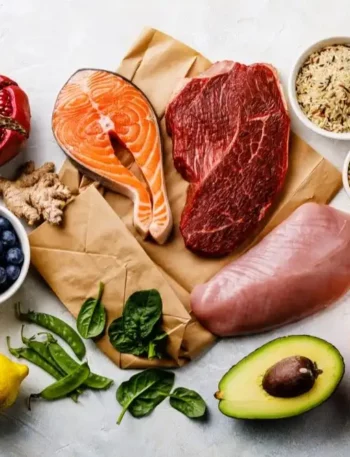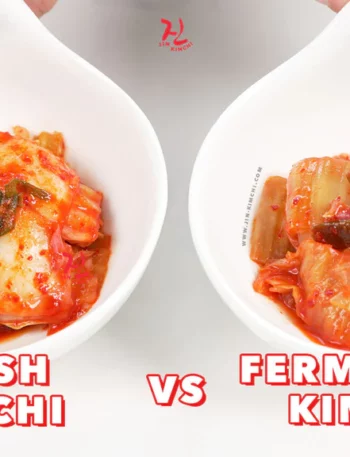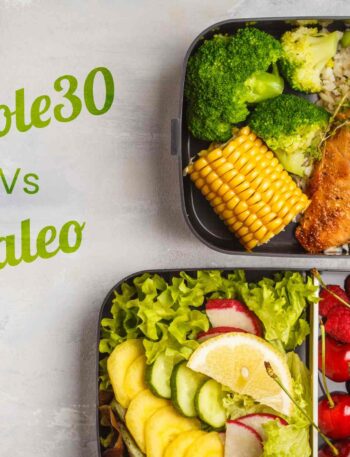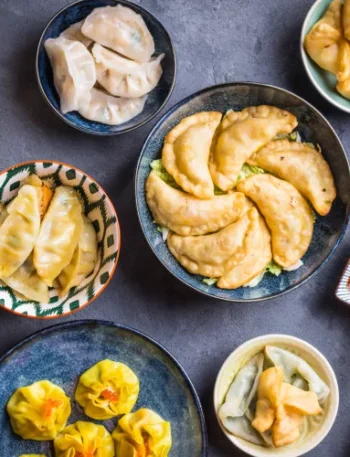
Most of us eat while scrolling through our phones, working on a computer, or binge-watching shows. This rushed approach to eating not only robs us of the pleasure of food but also has profound impacts on our health and well-being.
Eating slowly is a simple yet transformative practice that reconnects us with our meals, enhances digestion, and fosters mindfulness. Could this forgotten art be the key to enjoying food again?
The Science Behind Eating Slowly
The way we eat significantly influences our digestion and overall health. When we eat quickly, our body doesn’t have enough time to signal fullness, leading to overeating and poor digestion.
The Role of Satiety Hormones
- Ghrelin: Known as the “hunger hormone,” it signals when you’re hungry. Eating slowly allows ghrelin levels to drop gradually as you eat, preventing overeating.
- Leptin: This hormone signals fullness. Studies show that eating slowly gives leptin enough time to communicate with the brain, reducing the likelihood of consuming excess calories.
Research Evidence
A study published found that participants who ate slowly consumed fewer calories and reported higher satisfaction compared to those who ate quickly. This highlights the role of slow eating in weight management and satiety.
Benefits of Eating Slowly

Practical Tips for Eating Slowly
- Chew Thoroughly
Aim to chew each bite at least 20–30 times to break food into smaller pieces, aiding digestion. - Set Down Utensils Between Bites
This simple act forces you to pause, giving your brain time to register fullness. - Create a Calm Eating Environment
Turn off distractions like TVs and phones to focus entirely on your meal. - Engage Your Senses
Observe the colors, textures, and aromas of your food before taking a bite. This mindfulness deepens your appreciation. - Practice Gratitude
Reflect on where the food came from and its journey to your plate. Gratitude can slow you down and enhance the eating experience.
Cultural Perspectives on Slow Eating
– The Mediterranean Way
Countries like Italy and Greece emphasize long, leisurely meals shared with family and friends. The act of eating slowly is intertwined with their culture of savoring life.
– Japan’s Mindful Approach
In Japan, meals like Kaiseki emphasize presentation, portion size, and pacing. This methodical approach ensures each bite is savored.
– Lessons from Communal Meals
Across cultures, communal dining encourages conversation, naturally slowing the pace of eating and promoting connection.
Challenges in Modern Life
While the benefits of eating slowly are clear, modern life presents obstacles:

The art of eating slowly is more than just a health practice — it’s a gateway to rediscovering the joy of food. By slowing down, we enhance not only our physical well-being but also our relationship with food, fostering gratitude and mindfulness.

Reclaiming this forgotten art requires small but meaningful changes. So, the next time you sit down for a meal, pause, savor, and let the experience remind you of the simple pleasures in life. After all, food is not just sustenance — it’s a celebration.









